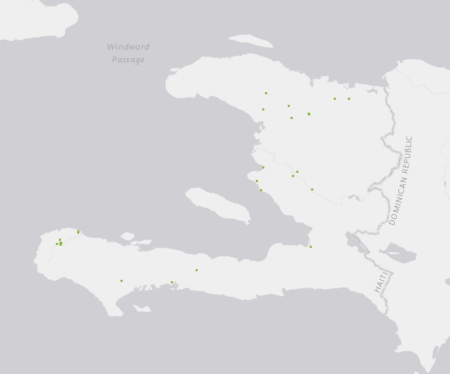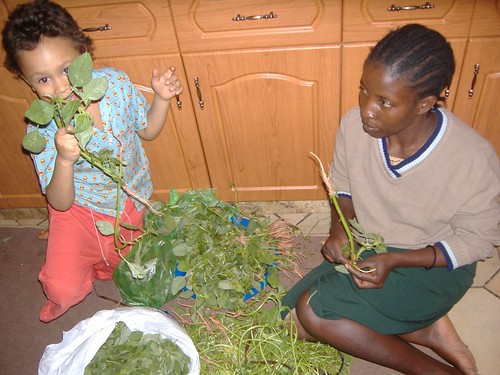An article in Mint Press News suggests that a new law in Tanzania will not only give foreign investors “faster and easier access to agricultural land in the African nation, as well as strong protections for ‘intellectual property rights,’ e.g., seed patenting,” but also forbid seed saving and exchange.
In addition, seeds that are not patented – i.e., all seeds traditionally used by Tanzanian farmers – are now forbidden from being sold or even given to friends or family, threatening the centuries-old tradition of seed exchanges that have kept costs down for farmers. Michael Farrelly of the Tanzania Organic Agriculture Movement (TOAM) told Mondiaal Nieuws that “Eighty percent of the seeds are being shared and sold in an informal system between neighbors, friends and family. The new law criminalizes the practice in Tanzania.”
All in return for aid, allegedly. The Seed Treaty is brought in as a last line of defence:
However, the new laws themselves are likely illegal under international law, as Article 9 of the International Treaty on Plant Genetic Resources for Food and Agriculture (ITPGRFA), also known as the “Seed Treaty,” states that no law should “limit any rights that farmers have to save, use, exchange and sell farm-saved seed/propagating material.” But affected Tanzanian farmers will likely be unable to make a viable court case against the new legislation due to their limited economic resources.
It’s worth quoting Article 9 in full:
Article 9 – Farmers’ Rights
9.1 The Contracting Parties recognize the enormous contribution that the local and indigenous communities and farmers of all regions of the world, particularly those in the centres of origin and crop diversity, have made and will continue to make for the conservation and development of plant genetic resources which constitute the basis of food and agriculture production throughout the world.
9.2 The Contracting Parties agree that the responsibility for realizing Farmers’ Rights, as they relate to plant genetic resources for food and agriculture, rests with national governments. In accordance with their needs and priorities, each Contracting Party should, as appropriate, and subject to its national legislation, take measures to protect and promote Farmers’ Rights, including:
a) protection of traditional knowledge relevant to plant genetic resources for food and agriculture;
b) the right to equitably participate in sharing benefits arising from the utilization of plant genetic resources for food and agriculture; and
c) the right to participate in making decisions, at the national level, on matters related to the conservation and sustainable use of plant genetic resources for food and agriculture.
9.3 Nothing in this Article shall be interpreted to limit any rights that farmers have to save, use, exchange and sell farm-saved seed/propagating material, subject to national law and as appropriate.
So that’s not quite the same as what the Mint Press News piece said, as I read it. It’s not that no law should “limit any rights that farmers have to save, use, exchange and sell farm-saved seed/propagating material.” It’s that nothing in Article 9 should be interpreted as so doing. The Treaty recognizes the pivotal importance of Farmers’ Rights, including to seed saving and exchange, but leaves it to national government to figure out how to realize them.

